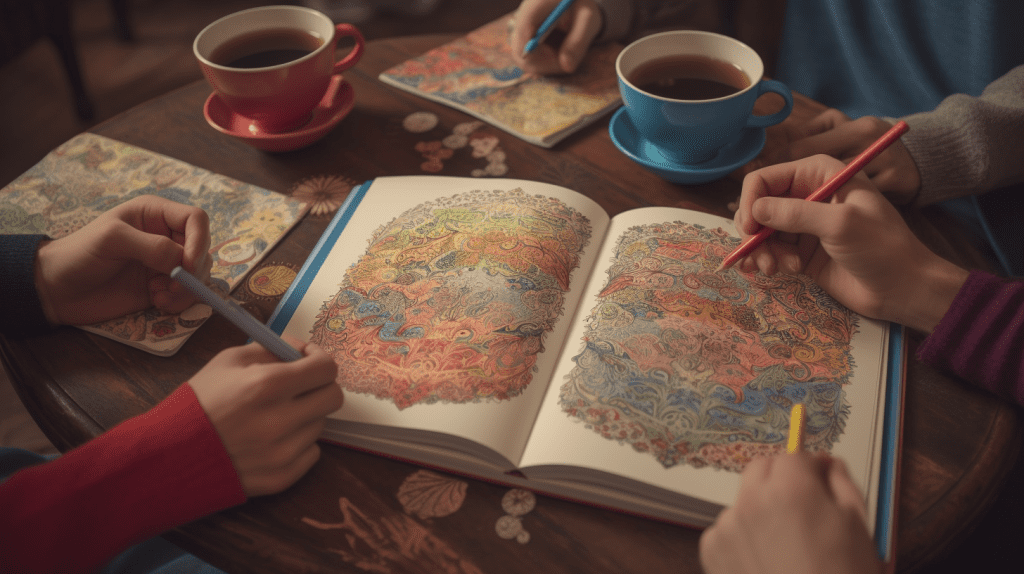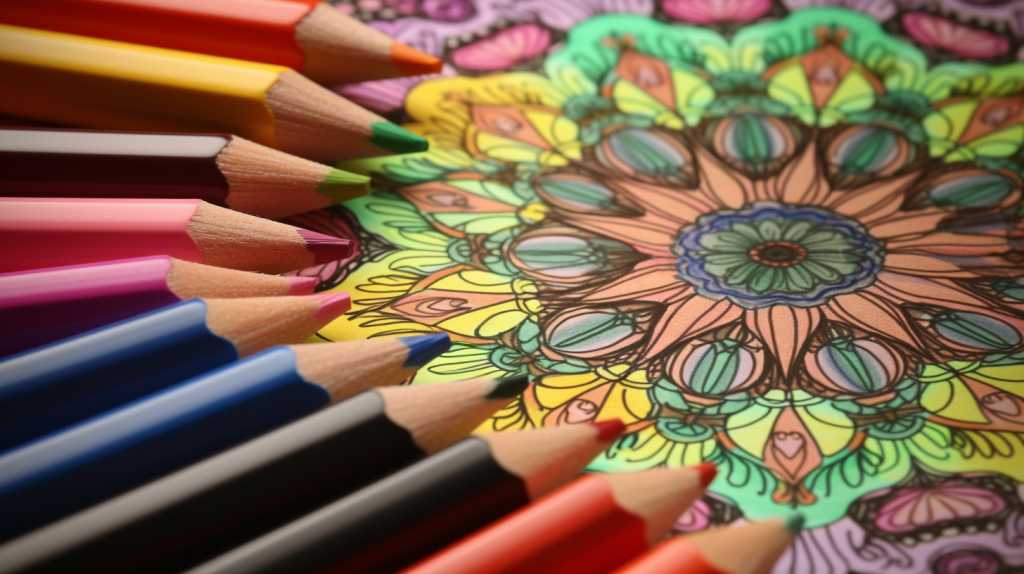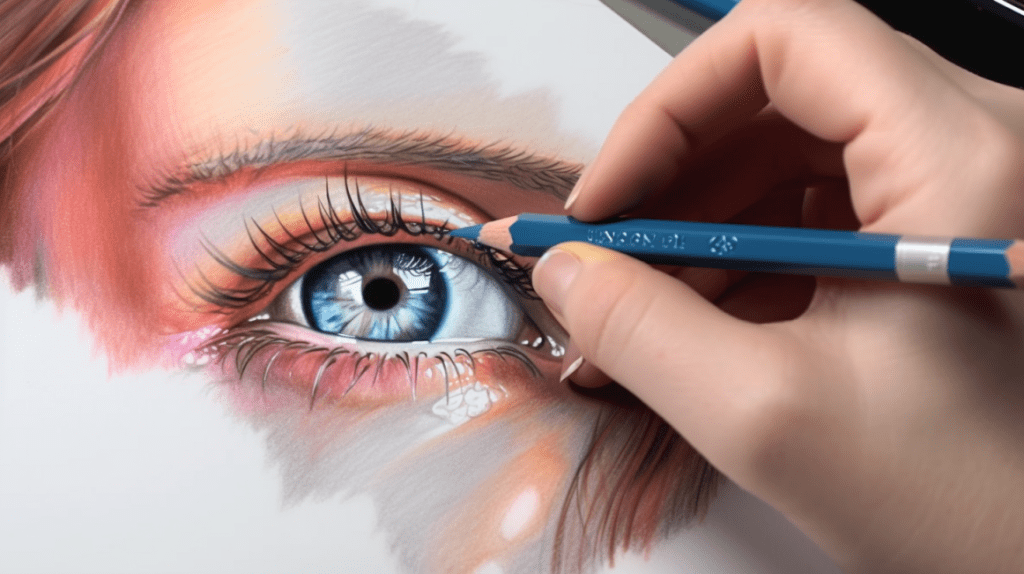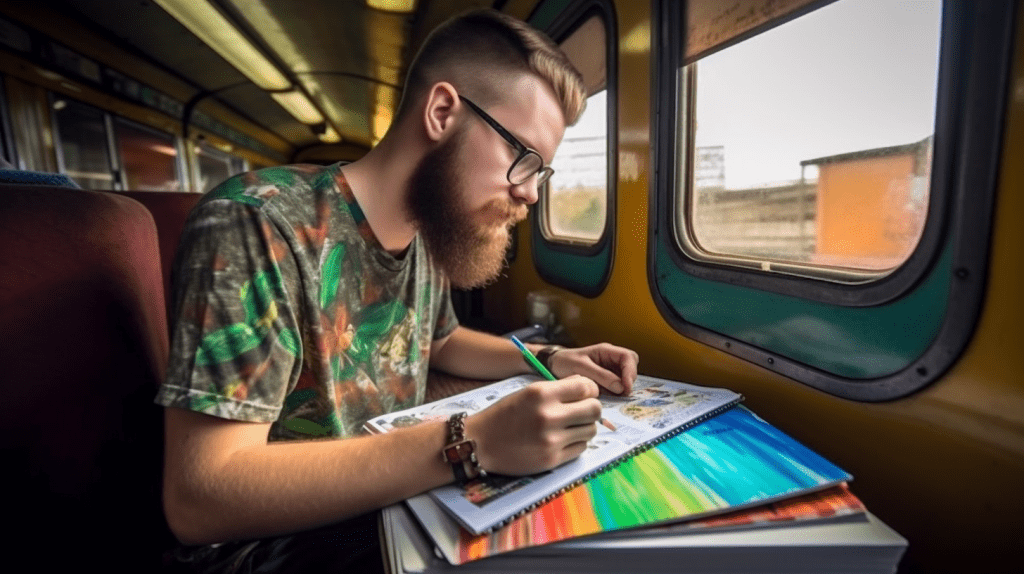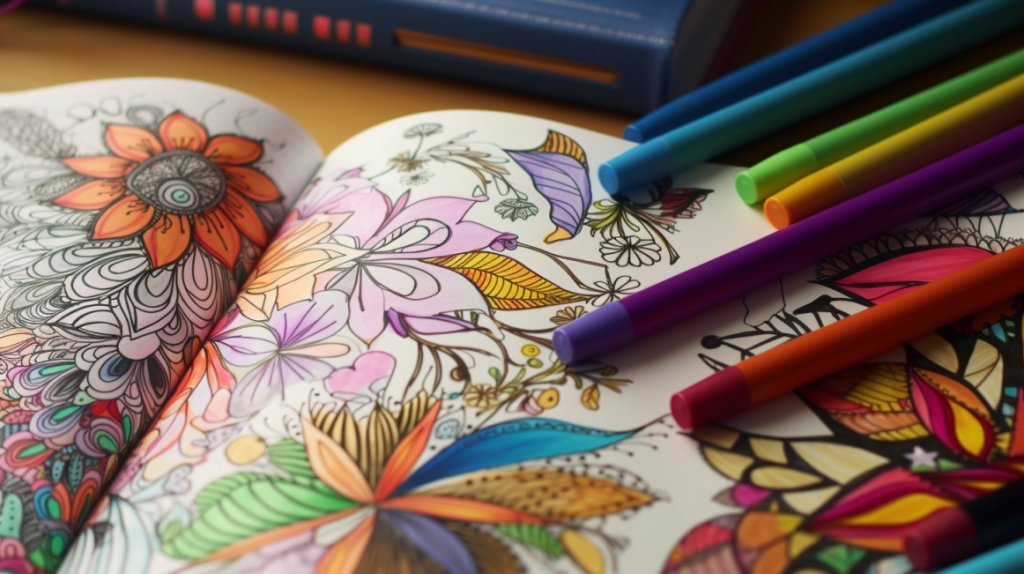Coloring is an excellent activity that not only provides relaxation but also enhances creativity. Whether you’re a beginner or an expert, there’s always room for improvement when it comes to coloring skills. In this article, we will explore some tips and tricks to help you improve your coloring skills.
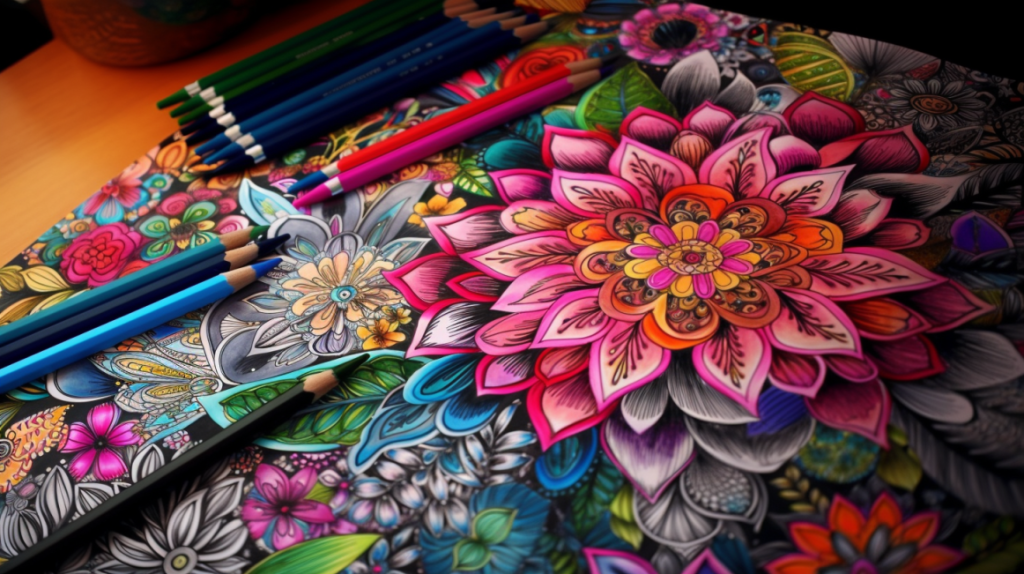
Understanding Color Theory
The first step in improving your coloring skills is to understand color theory. Color theory involves the study of color and how different colors work together to create a cohesive composition. You should learn about primary, secondary, and tertiary colors, as well as complementary colors, analogous colors, and warm and cool colors. Understanding color theory will help you choose the right colors for your artwork.
Investing in High-Quality Coloring Tools
High-quality coloring tools can make a significant difference in the outcome of your artwork. Investing in high-quality colored pencils, markers, or paint can make your coloring more precise, blendable, and vibrant. High-quality coloring tools can also help prevent hand fatigue and make the process more enjoyable.
Practicing Shading Techniques
Shading is a crucial technique that can bring your artwork to life. Practicing shading techniques such as hatching, cross-hatching, stippling, and blending can add depth, texture, and dimension to your artwork. Shading can be achieved with pencils, markers, or paint.
Experimenting with Different Textures
Experimenting with different textures is an excellent way to add interest and uniqueness to your artwork. You can create texture by using different coloring techniques, such as stippling or cross-hatching. You can also add texture by using various coloring tools, such as watercolor pencils or oil pastels.
Using Reference Images
Using reference images can be helpful when improving your coloring skills. Reference images can help you with color selection, shading techniques, and texture. You can find reference images online, in coloring books, or in magazines.
Practicing Consistency
Consistency is key when it comes to coloring. Practicing consistency in pressure, stroke, and coloring technique can make your artwork more polished and professional-looking. Consistency takes practice, so don’t get discouraged if your artwork doesn’t look perfect right away.
Taking Breaks
Taking breaks is essential when coloring for extended periods. Giving your eyes and hands a break can help prevent eye strain and hand fatigue. Taking breaks can also help you step back from your artwork and gain a fresh perspective.
Sharing Your Artwork
Sharing your artwork with others can be a great way to get feedback and improve your coloring skills. Joining a coloring group or online community can provide you with valuable feedback and tips on how to improve your coloring.
Seeking Inspiration
Seeking inspiration can help you improve your coloring skills. Looking at other artists’ work can provide you with new ideas and techniques to try. You can find inspiration in coloring books, online galleries, or social media.
Trying Different Styles
Trying different styles can help you discover your personal coloring style. Experimenting with different styles, such as realism, abstract, or cartoon, can help you find what you enjoy most.
Using a Lightbox
Using a lightbox is an excellent tool for tracing images or transferring sketches onto a new sheet of paper. A lightbox can also help you see details and textures more clearly.
Learning from Mistakes
Learning from mistakes is crucial when improving your coloring skills. Don’t be afraid to make mistakes; they can be a learning opportunity. Analyze your mistakes and figure out what you can do differently next time.
Setting Goals
Setting goals can help you stay motivated and focused on improving your coloring skills. Start with small, achievable goals, such as finishing a coloring page or practicing shading for 10 minutes a day. Celebrate your accomplishments and keep pushing yourself
to try new techniques and styles.
Taking a Class or Workshop
Taking a class or workshop can be an excellent way to learn new techniques and receive feedback on your artwork. Many art stores, community centers, and online platforms offer coloring classes or workshops. You can also find individual artists who offer private lessons or mentorship.
Practicing Patience
Patience is crucial when improving your coloring skills. Coloring can be a time-consuming process, and it may take several attempts to achieve the desired outcome. Don’t rush the process and take your time to ensure that your artwork looks its best.
Using a Color Wheel
A color wheel can be a helpful tool when selecting colors for your artwork. A color wheel can show you which colors complement each other and help you create a cohesive color scheme. You can also use a color wheel to create a gradient or monochromatic effect.
Getting Comfortable with Negative Space
Negative space refers to the areas around and between objects in your artwork. Getting comfortable with negative space can help you create a balanced and visually appealing composition. Try experimenting with negative space by leaving areas of your coloring page blank or coloring them in with a neutral color.
Incorporating Patterns and Designs
Incorporating patterns and designs can add interest and complexity to your artwork. You can create patterns and designs by using different coloring techniques, such as stippling or cross-hatching. You can also find pre-made designs to color in coloring books or online.
Conclusion
Improving your coloring skills takes time, practice, and patience. Understanding color theory, investing in high-quality coloring tools, and practicing shading techniques are all great ways to enhance your coloring abilities. Experimenting with different textures, seeking inspiration, and trying different styles can also help you find your personal coloring style. Remember to set achievable goals, take breaks, and learn from your mistakes. With dedication and practice, you can take your coloring skills to the next level.
Frequently Asked Questions
Why do colors last longer in coloring books?
Colors tend to last longer in coloring books because the paper used in these books is often thicker and of higher quality than regular notebook or printer paper. This prevents the ink or pigment from bleeding through or smudging, allowing colors to stay vibrant for longer.
What types of coloring books use high-quality paper?
Many adult coloring books use thicker, high-quality paper to allow for better color retention. Some children’s coloring books also use thicker paper, especially those marketed towards older children or teens.
Can you use any type of coloring tool in a coloring book?
While most coloring books are designed to be used with crayons, colored pencils, and markers, it’s always best to check the instructions or packaging to ensure that the coloring tool you plan to use is safe for the paper and won’t bleed through or smudge.

